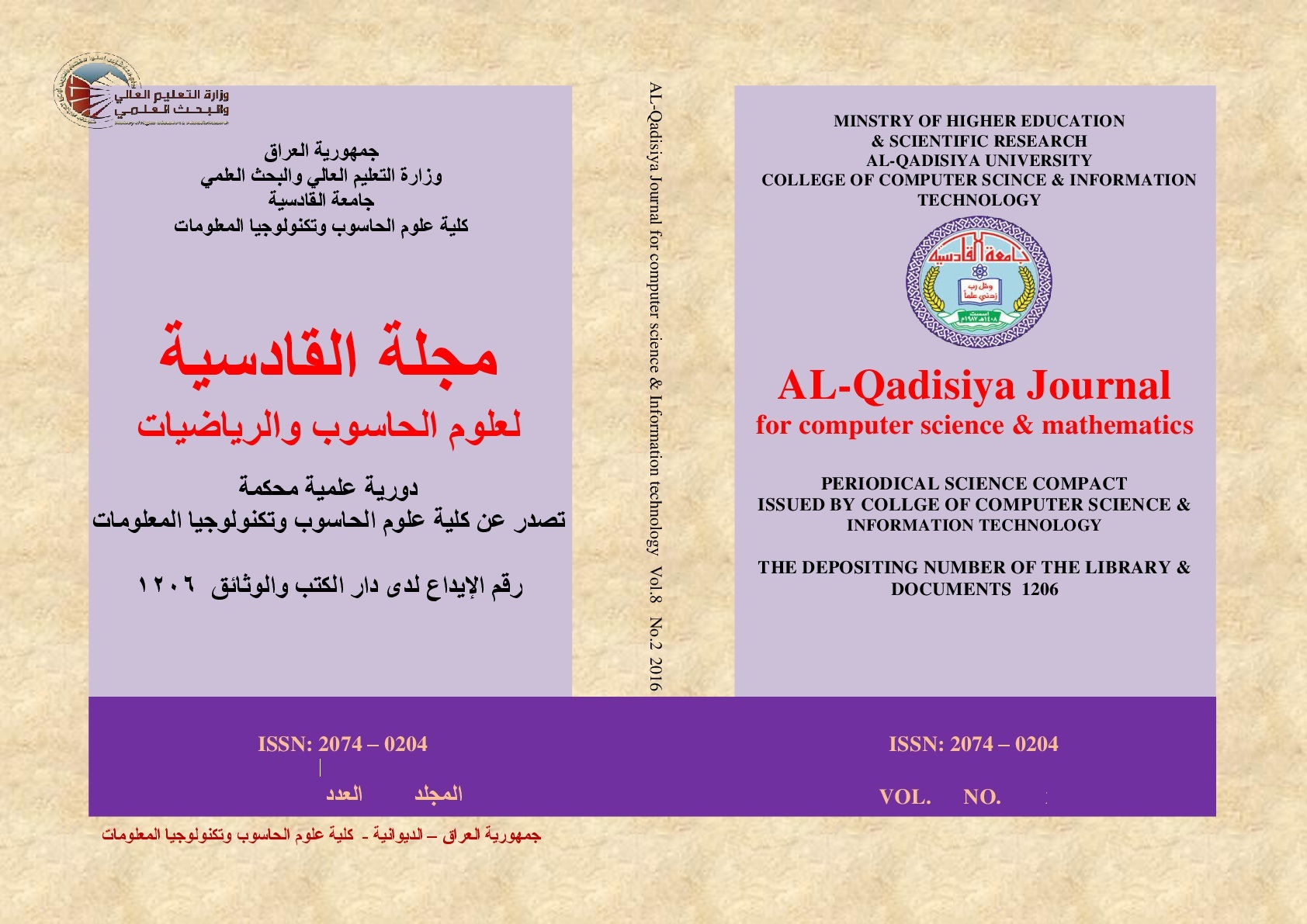Abstract
This study examines the prediction in time series of industrial production, showing how the
accuracy of predictions obtained by the statistical models used in the study, and the ability of
these models to deal with changes in time series data and the changes on the performance of
these models. The study aimed mainly to find the most suitable and best statistical forecasting
models to be used in the process of forecasting cement production in Sudan. Using the BoxJenkins methodology and the exponential smoothing method (Holt model), a number of
models were constructed for the study sample of the time series of cement production in
Sudan. The results of the study showed that the Box-Jenkins model outperformed the Holt
model, where the comparative criteria indicators indicated the preference of the ARIMA
model (2,1,1). Standards. The results showed that the results of future predictions obtained
using the selected model ARIMA (2,1,1) are all within the limits of confidence, which indicates
the quality and accuracy of this model in the prediction. Prediction values have indicated an
increase in productivity over the next 10 years. Random changes were the most important
factors that directly affected the performance of both models, but they were more effective in
reducing the efficiency of the Holt exponential model compared to the Box-Jenkins model.
